Electricity is expensive on hot days
Summertime in Australia is expensive. As one of the sunniest countries in the world, Australians need to keep their businesses and homes cool.
Have you ever noticed your electricity rates (not to mention consumption) are more expensive in summer? Many commercial electricity bills will actually state “summertime demand” charges. This is because almost every building is running air conditioning, putting an enormous demand on the electricity grid. It is much more difficult and energy-intensive to cool something than to heat it.
Roof-mounted solar power is popular in Australia for good reason; it generates a lot of electricity and cost savings. It does this through an active process, i.e. the sun’s UV radiation creates free electrons that produce a current. This can be consumed before drawing expensive power from the grid.
Another cost reduction benefit often not considered, is the secondary passive reduction solar panels can have in reducing cooling costs.
The science behind PV passive cooling
Back in 2011, the UC San Diego Jacobs School of Engineering published the first peer-reviewed study of the cooling effects solar panels have on a building.
Since solar panels are designed to attract as much sunlight as possible, they are efficient at absorbing heat. The more efficient the solar panels, the greater the cooling effect. This is great news in today’s age of 500W+ solar panel modules.
The passive solar cooling effect works like this:
Panels are mounted several inches above the roofline. The black silicon cells absorb heat, which is transmitted through the panel. This process is known as conduction.
Solar panels are installed on rail several inches above a commercial roof. The air gap between the panel and the roof also heats up. This is a process called convection. Rather than transferring all this heat to the roof, air flow beneath the panels cause much of the heat to be removed. This keeps the roof significantly cooler during hot days.
The opposite effect occurs at night. Solar panels prevent the roof from losing all its heat rapidly to the cool night air. This provides insulation and keeps the building warmer for longer.
How passive cooling saves your business money
For the building the study focussed on, the roof beneath the solar panels was a massive 38% cooler!
Below are photos of the same roof with solar panels mounted flat. In the adjacent image is an infrared photo. Its clear just how much hotter the solar panels are than the surrounding roof.
The study found that the savings generated by this passive cooling was equivalent to the solar producing 5% more power! In other terms, just having solar panels on the roof saves 5% in heating and cooling costs! This impact is likely more pronounced on the tin roofs of industrial buildings, as they conduct heat much faster than tile. These numbers are probably under-estimated as panel efficiencies are SIGNIFICANTLY more efficient now.
For a factory, heating or cooling large open areas using air conditioning is not practical. The passive cooling provided by solar panels gives the added benefit of providing a more comfortable environment for the employees. Machinery and electronics also all work better in cooler conditions.
Another hidden cost-saving feature of solar panels can be had by cold storage facilities. Food producers and storage facilities have large freezers installed into industrial premises. Skylights are clear plastic panels, used to provide natural lighting in industrial buildings.
For a cold storage facility, skylights let in unwanted UV radiation. This greatly increases how much power fridges and freezers consume. Solar panels can be installed OVER these skylights, reducing the cooling costs by even larger amounts.
If your business suffers from expensive summer cooling bills, or an uncomfortably hot environment; solar might be a bigger benefit than you thought. Give the KUGA team a call on 13 58 42 to find out more.
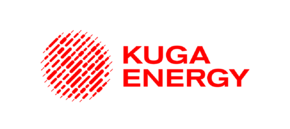
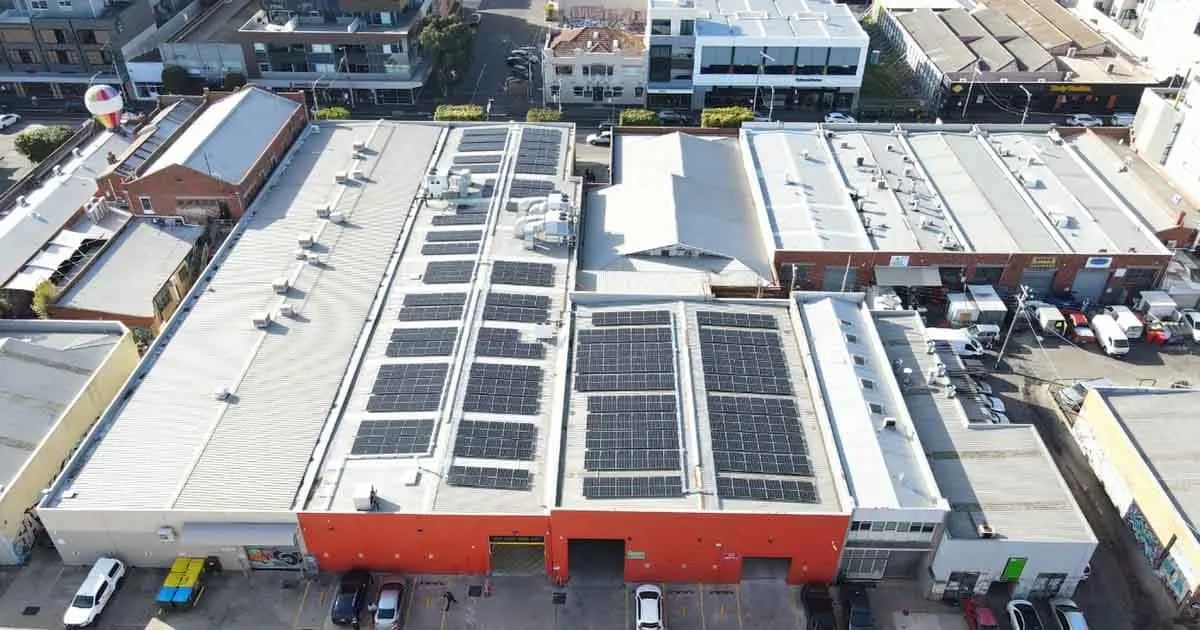
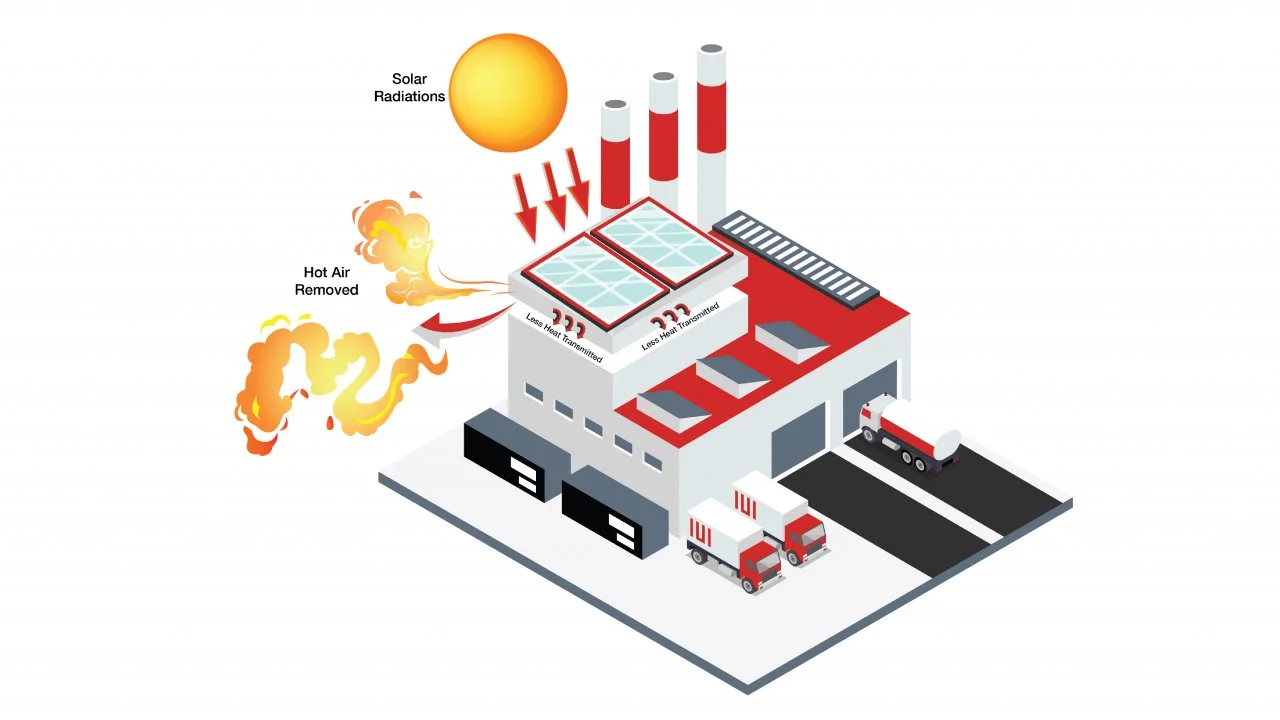


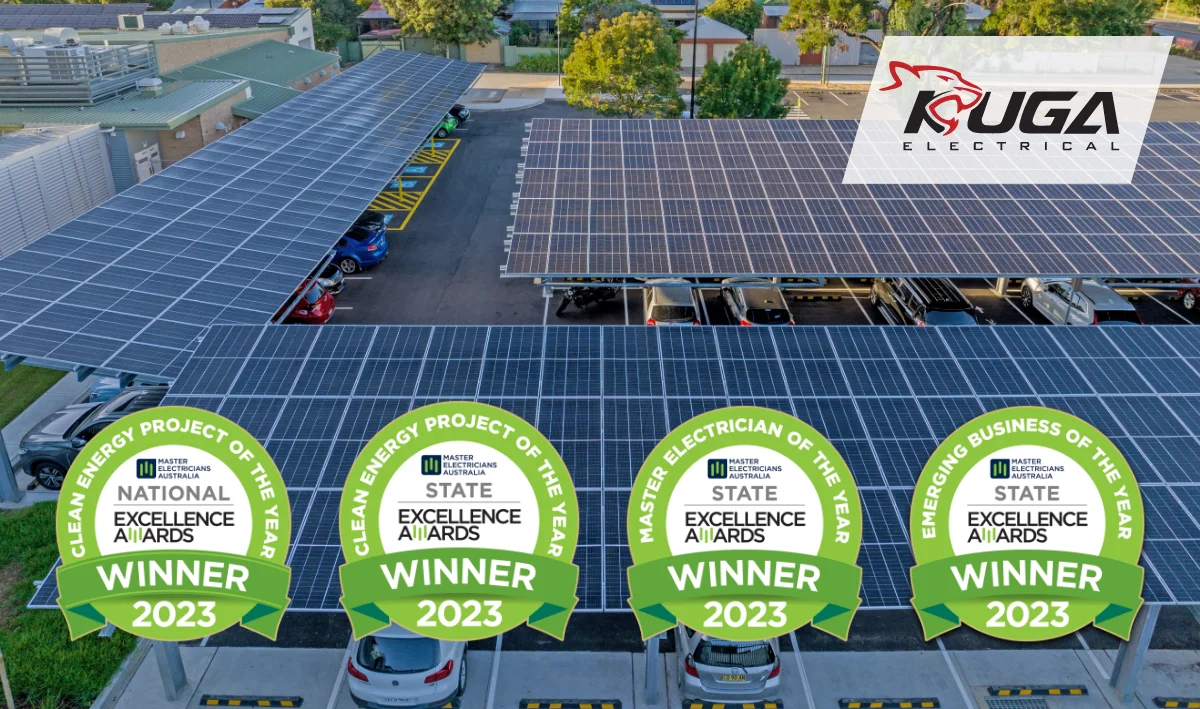






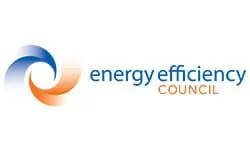
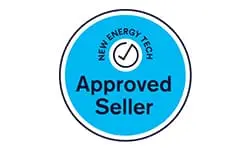

 Get Quote
Get Quote Call Now
Call Now